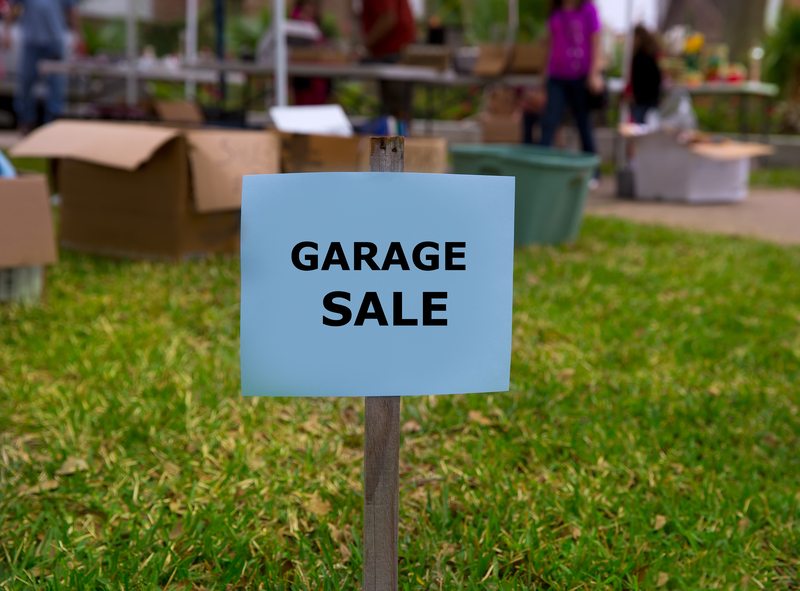Transforming your home into an eco-friendly haven is not only beneficial for the environment but also enhances your health and saves you money. Below, we explore practical steps and strategies to achieve an environmentally-responsible household. By implementing these steps, you can live sustainably and contribute positively to the planet. Here's how to start:
Understanding the Importance of an Eco-Friendly Home
Adopting eco-friendly practices is crucial these days as the effects of climate change become more pronounced. An eco-friendly home reduces the carbon footprint, lowers energy bills, and promotes a healthier living environment. Moreover, it encourages sustainable practices that can inspire your community to take similar actions.
Conduct an Energy Audit
Before making changes, conduct an energy audit to identify areas where your home is consuming excess energy. This will help you prioritize improvements and measure the impact of your efforts.
- Contact a professional to carry out a thorough examination or use do-it-yourself tools for a basic assessment.
- Identify areas of heat loss, inefficient appliances, and lighting usage.
Enhance Energy Efficiency
Reducing energy consumption is key to creating a sustainable home. Here are some actionable steps:
- Upgrade your appliances to energy-efficient models that have the Energy Star label, which indicates their reduced environmental impact.
- Install programmable thermostats to optimize heating and cooling systems and reduce unnecessary energy use.
- Switch to LED lighting--they use less electricity and have a longer lifespan than traditional bulbs.
Improve Home Insulation
Proper insulation retains heat in winter and keeps your home cool in summer, significantly lowering energy usage:
- Seal gaps and cracks around windows and doors with weather stripping or caulk.
- Insulate attics and walls using environmentally-friendly materials such as cellulose or recycled denim.

Start Using Renewable Energy
Consider switching to renewable energy sources to reduce reliance on fossil-fuel-powered electricity. Options include:
Solar Power
Solar panels convert sunlight into electricity, reducing your dependence on the grid:
- Determine your energy needs and consult with a solar provider for system recommendations.
- Take advantage of government incentives and grants for solar panel installation.
Wind Energy
For homes in rural or wide-open spaces, small wind turbines can provide a significant portion of power needs:
- Ensure your location has adequate wind speeds for optimal efficiency.
- Check local zoning regulations before installation.
Conserve Water
Water conservation is another critical aspect of an eco-friendly home. Implement these strategies to reduce water use:
- Install low-flow fixtures such as toilets, showerheads, and faucets to decrease water consumption.
- Use rainwater harvesting systems to collect rainwater for irrigation and other non-potable uses.
- Consider xeriscaping with drought-resistant plants that require minimal water.
Adopt Sustainable Building Materials
If you're making renovations or building a home, choose materials that have a low environmental impact:
- Opt for sustainably sourced wood, bamboo flooring, or recycled materials.
- Use non-toxic paints and finishes to improve indoor air quality.
Green Architecture
Sustainable architecture emphasizes resource efficiency throughout a building's life cycle, focusing on:
- Designing for passive solar heating, cooling, and natural lighting.
- Implementing green roofs and walls to improve insulation and air quality.
Incorporate Smart Technology
Technology plays a pivotal role in managing and reducing energy use at home:
- Automate lighting and temperature with smart home systems to ensure efficiency and convenience.
- Monitor your energy and water usage with smart meters and apps.

Practice Eco-Friendly Habits
Lastly, adapt daily habits that support a greener lifestyle:
- Reduce, Reuse, Recycle: Minimize waste by recycling materials and repurposing items.
- Use eco-friendly cleaning products and make homemade solutions using vinegar and baking soda.
- Cultivate a garden and grow your own fruits, vegetables, and herbs to reduce food miles.
- Compost organic waste to enrich soil and reduce landfill contributions.
Conclusion
By following these steps and embracing sustainable practices, you can transform your home into an eco-friendly haven. Not only will you contribute to environmental conservation, but you will also enjoy cost savings and a healthier living atmosphere. Remember, small changes lead to significant impacts. Start today and be part of the movement towards a sustainable future.
Adopting an eco-friendly lifestyle may require an initial investment and commitment, but the long-term rewards are well worth the effort--both for your household and the planet.